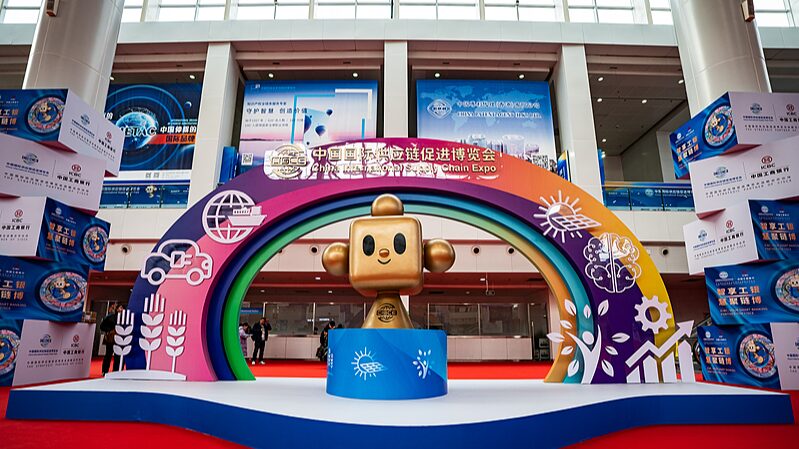China's dual circulation strategy, emphasizing domestic market growth while reinforcing international trade ties, is emerging as a stabilizing force in the global economy. This approach, formalized in the 14th Five-Year Plan, aims to balance self-reliant development with global integration through two key pillars.
The Engine of Domestic Growth
At its core, the strategy leverages China's 1.4 billion population and 400 million-strong middle class to drive innovation-led development. By addressing supply chain bottlenecks and prioritizing consumption upgrades, authorities aim to transform economic drivers from traditional factors to advanced productivity systems. The focus on strategic emerging industries aligns with China's transition to a $10,000+ per capita GDP economy, seeking to resolve imbalances through technological breakthroughs.
Global Synergy Through Open Markets
While strengthening domestic capabilities, China continues expanding international cooperation through upgraded trade frameworks. The mutual reinforcement between domestic production networks and global resource flows creates new opportunities for foreign partners, particularly in green technology and digital infrastructure sectors.
Ripple Effects Across Asia
Analysts observe this dual approach could reshape regional supply chains, with Southeast Asian manufacturing hubs and Central Asian resource exporters positioned to benefit from China's consumption growth and industrial modernization. The strategy's emphasis on stability also offers investors predictable parameters amid global volatility.
As major economies navigate post-pandemic recovery, China's balanced development model presents both challenges and opportunities for international businesses adapting to evolving trade patterns.
Reference(s):
Dual circulation injects sustained momentum into the global economy
cgtn.com








